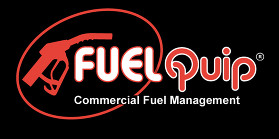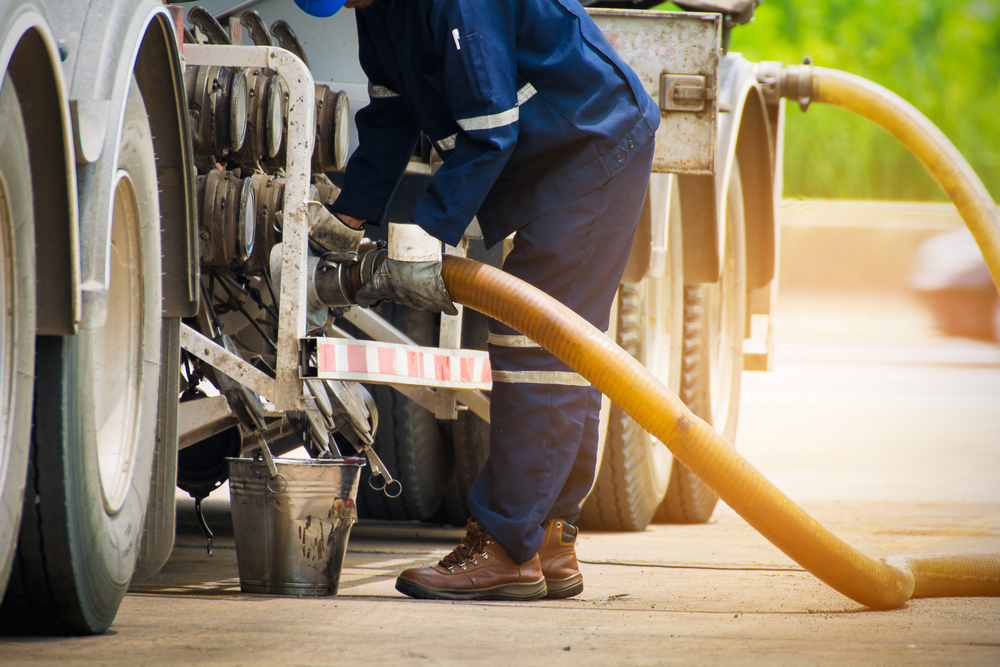What You Need To Know About PPE For Handling Fuel
Companies and consumers that deal with the storage and distribution of fuel should definitely invest in the right protective equipment (PPE). This way, when spills or splashes occurs, they can easily mitigate the resulting injuries and damages. Following are a few, important things to know about personal protective equipment for handling fuel.
To start, people who use PPE should remember that flammability is always a key concern. With this in mind it is crucial to ensure that PPE clothing is anti-static to prevent sparking and ignition. Although static electricity is a less obvious ignition source when compared to a naked flame, it is important enough to be the only source mentioned specifically in DSEAR.
Static charges form when materials rub together (known as tribocharging). Most people will be familiar with the party trick of rubbing a balloon to create a charge in order for it to “stick” it to a wall or to lift a persons hair.
Once electrostatic charge has accumulated, a spark can jump across an air gap to an earthed object. This spark can sometimes be felt or even be visible. How many times have you received a static shock when closing a car door for example, or heard a crackle when removing an item of clothing? If an explosive atmosphere is present, the spark may have enough energy to ignite it and cause an explosion. For this reason, PPE should never be removed in a potentially explosive atmosphere and operatives of the fuel dispenser must wear anti-static clothing to prevent the build up of an electrostatic charge from occurring.
DSEAR Reg 7(5) requires “appropriate work clothing which does not give rise to electrostatic charges” in places with potentially explosive atmospheres. “Anti static” shoes are a common example of such PPE clothing as they are conductive enough to allow charges to escape to earth. It is worth noting that they should be checked frequently, because grease on the sole can reduce their conductivity. It is always vital to inspect these items regularly and to discard them once the end of their lifespans are reached.
Businesses that want to offer their employees the best possible levels of protection should also look for items that are made from flame resistant materials.
Flame retardant workwear usually consists of two types. The first is chemically treated cotton. The second type of flame retardant workwear is ‘inherently’ fire retardant. This is a special type of fabric that remains flame retardant for the life of the garment regardless of the amount of laundering. These garments are more expensive but are usually preferred by industries as it ensures that the absolute best level of protection is supplied.
Some employees prefer to purchase and select their own PPE clothing. They might want a higher level of protection or comfort than what the standard-issue options supply. In these instances, the items that employees choose for themselves should always be inspected by supervisors in order to ensure that they meet the minimum requirements for industry compliance.
And finally, it is always a good idea to work with a compliance consultant. This is a professional who will be up to date on all of the latest safety requirements and regulations. As such, you will be able to get insightful recommendations for these purchases that will help you avoid problems with on-the-job injuries and non-compliance fines among other things.
Keep in mind that keeping your operations compliant should always be your foremost concern. If you fail to do this, your business runs the risk of being fined or even temporarily shut down. More importantly, when companies are compliant, they are usually operating at optimum levels of safety as well given that the related regulations are ultimately designed to help operations that rely heavily upon fuel or other flammable liquids limit physical injuries or even avoid them entirely.


